Check out the list below. Is your motivation one of these? Maybe it’s a mix? Or have you got a unique motivation all of your own that you’d like to share? It’s really interesting to think about.

So let’s dive into it… my list of “10 Motivations for Learning To Draw” – along with specific advice for each motivation to help you bring your hopes, dreams and aspirations into reality.
1. Because right now it’s your time to shine!
Maybe you’ve been working hard in a job, or you’ve been a busy Mum. You’ve spent a huge part of your life looking after everyone else and doing everything for everybody. But now, finally you have some time for yourself. Your ‘Me Time’ has been long overdue and you’ve always wanted to learn to draw. Now, you’re going to do it and nothing’s going to stop you!
Motivation Tips:
Make sure that you set up an ‘artist’s haven’ for yourself, with all your lovely drawing equipment ready to go. This is so that you can get straight into drawing whenever you’ve got a spare moment. Now you’ve finally got some ‘me time’ make the most of it. Join a class or group either online or in the real world and consider having a mentor to keep you moving forward and improving. It’s all about you now and finally having the time to express your creative self as you’ve always wanted to.
Keep your drawing time as precious and always have a artwork on the go and a goal to achieve. It’s so easy to be alone with your drawing now that you finally have some quiet time to yourself but that can get a bit lonely. It’s great to surround yourself with other like-minded people. I’d encourage you to consider having a mentor or at least be a member of a great drawing community (either online or in the real world) so that you always have someone to encourage you and keep you moving forward.
2. To Get a Cool Creative Job
You’ve decided that the world of creative industries is perfect for you. How cool would it be to spend your working days designing the latest fashions, creating awesome animations and inventing the most amazing graphic designs. But just one problem. All of these require some basic drawing skills so that you can quickly express your ideas, even if the pencil you are going to be using is on a computer. So now you’re on a mission to learn how to draw so you can snag that dream career. You’re determined and nothing is going to stop you!
Motivation Tips:
Make sure you master the fundamentals. It will be tempting to dive straight into the cool stuff and miss out the basics, but take it step-by-step mastering each skill in turn. It will pay you well in the long run. Keep a notebook and put all your ideas into it as they come into your mind. Record the idea quickly in note form with some scribbled text to help you remember the idea. That way when you finally have all your drawing skills mastered you’ll be able to dive into your notebook for inspiration and begin creating right away. Creating what? Your Portfolio. You’ll maximise your chances of getting your foot in the door of any course or job when you have an impressive portfolio that puts you right at the front of the queue.
3. Because Your Head Is Filled with Ideas
You’ve got so much creativity inside of you that it’s busting to come out. But, the trouble is you find it hard to get those ideas out onto paper because you need drawing skills to make that connection happen. No problem. You’re going to study a drawing course so that the wonderful world inside your head will become a reality.
Motivation Tips:
Yes, you need to learn to draw but you also need a structured method to develop your ideas from a first thought or concept to a fully formed composition. Find a course which helps you not only to draw, but one that also trains you in a step-by-step logical process to take all those scribbled ideas from an exciting concept into a finished artwork.
Also make sure you have a notebook handy to capture inspiration when it strikes. Just scribble it down and write about it. That way even if you can’t draw (yet) you can come back to it later when you are ready for action.
4. Because Everyone Else Around You is Awesome at Art
Maybe you’re in a family where everyone seems to have the creative gene, or maybe your close friends seem much cooler than you with all their artistic stuff going on. Whatever it is, quite rightly you’ve decided that you’re definitely not going to miss out on all the fun; you’re going to get creative too, and your creative thing is going to be drawing!
Motivation Tips:
Try not to measure yourself against others or feel like you have to compete. There are as many different art styles and ideas out there ready and waiting for you to create as there are signatures. So when it seems like you’re the odd one out, even though it’s easy to be discouraged at first because everyone seems so far ahead of you remember that you are at least on the journey now. You might even feel like you don’t want to show your work to anyone in case they laugh or make fun of your beginner efforts. Be patient. This is going to take some time. In the meantime be sure to involve yourself in a community of other creatives who support, encourage and nurture absolute beginners. You will need the support to keep you going along the way. If you just keep on going, keep drawing, you will get there.
If you’re trying to learn to draw all by yourself and you’re wondering if you’re improving at all, I’d suggest finding a discrete, caring and understanding mentor to keep you on track until you’re ready to reveal your drawings to the world.
5. To be a Professional (and possibly famous) Fine Artist
You’ve got something special to say to the world, and you’d like to say it with art, creating works which hang in beautiful galleries and are sold for good sums of money. You’d love nothing more than spending your days making your art in your studio. You are super motivated to learn to draw because you know that drawing is the foundation of everything you want to do.
Motivation Tips:
Throughout history artists have developed a range of both techniques and ways of thinking about art. If you’re considering becoming a professional fine artist (as opposed to an artist who produces purely decorative works) its important to the study techniques and ways of thinking which have been handed down to us by the great masters throughout the centuries. For some this means attending a prominent art college. However, it is perfectly possible to be a professional artist and not attended an art college at all, and still sell your artworks for thousands of dollars. I’d suggest at a minimum studying a drawing course which teaches you the classic fundamentals. Master those and then build from there.
6. There’s a Story Inside You
You’ve either already written a children’s story book or you’ve got a really good idea for one. The problem is that this particular story book needs pictures; and to create the pictures someone is going to have to draw them. So now you’re learning to draw so that you can create the children’s story book some way a little bit further down the track.
Motivation Tips:
If you’ve got an idea for a story book and it’s still in your head (and not written down yet) stop reading this right now, grab a notebook and get it all down on paper. Even if you’re not confident with drawing just do your best to sketch all the ideas down. That way you’ll never forget what your story is about and you’ll be able to refer to it when you’ve finally developed the skills to be able to draw it for real.
You’re going to need a drawing course that takes you through all the fundamentals and which is also strong on composition. You may also need to study the creation of individual characters. Plus, if you are creating a book in colour then you’ll need to master a medium such as coloured pencil, watercolour or digital art.
7. To Be A Winner in Your Art Group
You’ve joined a real world art group, and you’re ever so slightly competitive. You would like your drawings to be admired; you would like to get your art in a prime position at the next exhibition and maybe even win a prize. Best of all, you’d love to sell your artwork at the show (especially to a stranger – someone who’s never met you before but just fell in love with your art and had to buy it to keep it for themselves.) To do that you realise that you’re going to have to step up your game. It’s not enough to be an enthusiastic amateur any more. You realise the key to all of this is to improve the foundations of your drawing skills. This is now your mission. Go for it!
Motivation Tips:
If you’ve joined an art group the chances are you’ve already been creating art for a while. Maybe you’ve dabbled here and there and created artworks which look reasonably good but you know they could be better compositionally. I’d suggest finding a mentor (either in the real world or online) who is already winning in local art group competitions. You’ll also need to study a course which strengthens your basic drawing fundamentals and which puts an emphasis on composition. If your fundamentals and composition are strong you’ll have an edge when it’s time for the Annual Art Show jury to decide which artworks are worthy of a place on the wall. Just think how awesome it will be when you walk into the show and there’s a prize certificate next to your artwork!
8. To Make Some Extra Money by Creating Commissioned Artworks
Someone sees your drawing, takes a look and say’s “That’s pretty good… can you do one of those for me?” This gets you thinking “Hey, this could be a way to make a little (or even a lot) of extra money on the side!” The only problem is that even though people say your drawings are really good, on the inside you’re not so sure. You feel like you are winging it. But still it’s something that you really want to do and it could even be fun.
Motivation Tips:
To build confidence in your abilities not only are you going to need to know how to use your chosen medium, you’ll also need a systematic method you can apply to ensure you create a really great commissioned artwork every time. Study a course which gives you both of these. Consider getting a mentor too, just to double check you’re on the right track.
Also, you’ll want to build up your confidence with the commissioning process. Consider starting out with your network of family and/or friends. This is especially good if you are into portraiture, as everyone likes a portrait of their child or a loved one. Maybe you’re surrounded by pet lovers who would love a wonderful picture of their pet, or maybe people in your area have particularly pretty homes that they are proud of. The possibilities are endless. Just keep on at it until you feel really confident, and don’t be afraid to charge money for your work, starting with a little at first and then more later as you create your portfolio and list of clients.
9. Because You Know Something’s Not Quite Right in Your Drawings
Drawing has always been something that you do, but when you look at your drawings compared to other expert artists you know you’ve got a lot of room for improvement but you just don’t know where to begin. Undeterred you decide you’re going to do whatever it takes to really master drawing once and for all.
Motivation Tips:
Often when you’ve been drawing for a long time it can be very hard to be objective about your own work. Sometimes it’s your technique that needs refinement, or you have some skill gaps with the basic fundamentals missing in your work. Often its your composition or perspective that needs some extra work. To save time trying to figure things out for yourself I’d recommend finding an expert mentor to pin point the exact reason why your drawings aren’t as good as they could be, and then study a course which helps you correct the problems and create the awesome artworks you’ve always dreamed of creating.
10. Drawing Might Just Be Your Thing
You’ve been thinking a lot. What’s my purpose in life? What’s my special skill or ability? Maybe you’ve come up with nothing in particular… apart from drawing. You remember back to being a child and really loving to draw. Could you recapture that? Could drawing be your special thing? You decide you are going to do whatever it takes to find out.
Motivation Tips:
Study drawing as much as you can. Become passionate about it. Visit art stores to check out the equipment and visit art galleries to be inspired. Find and follow your favourite artists. After doing this for a while drawing will definitely become your thing. Surround yourself with others who are keen to do the same thing by joining a live or online course with a great community. You’re a blank canvas so make sure you get started in the right way by studying the basic fundamentals first and then take it from there. Be patient with yourself. It will take time and practice.
11. For Fun, Therapy and Relaxation
I know I said it was just going to be 10 things, but I couldn’t resist adding an extra one, and it’s probably the biggest motivation of all. There’s nothing nicer than popping on some lovely music and happily drawing away without any pressure whatsoever. As the hours slip by you can lose yourself in the sheer joy of creating your drawing. Slowly your artwork comes together and before you know it, it’s complete. Something to be proud of. You learn to draw because you’d like the process to be as effortless as possible. Just sheer fun, therapy and relaxation.
Motivation Tips:
Whether you’re drawing for a hobby or working towards becoming a seasoned professional always remember that drawing is so much more fun if you approach it in a spirit of play and experimentation. If it ever stops being fun (because you get to a particularly hard bit of a drawing and its not working) just take a step back, rest a while, and then go back to it with fresh eyes. Don’t feel pressured to be really good at drawing straight away. These things take time.
If you can, set up a special place in your home where you can shut the door for a while and leave the world behind, even if it’s only for a short time. Make it beautiful with inviting art materials, good lighting (so you can draw at night if you choose to) and have some wonderful ambient music to listen to. Study a course which aligns with where you’d like to take your drawing. You’re in no rush. Master each skill in turn step-by-step until it all comes together and you are able to create beautiful artworks.
Finally, and most important of all, share what you’ve created with others, and share the joy you feel when you draw. You might just motivate someone else to discover the joy of drawing too.



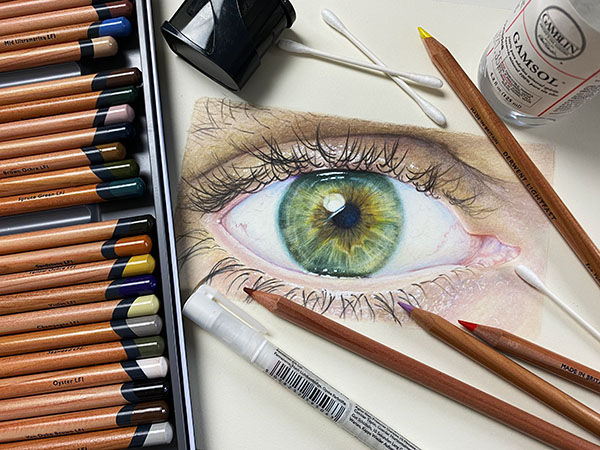

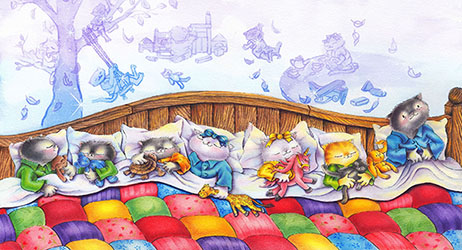

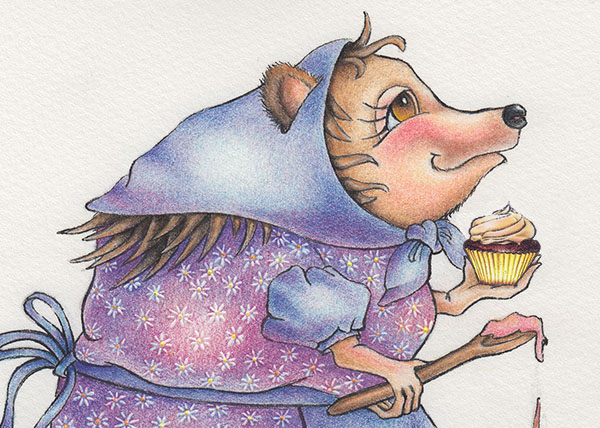
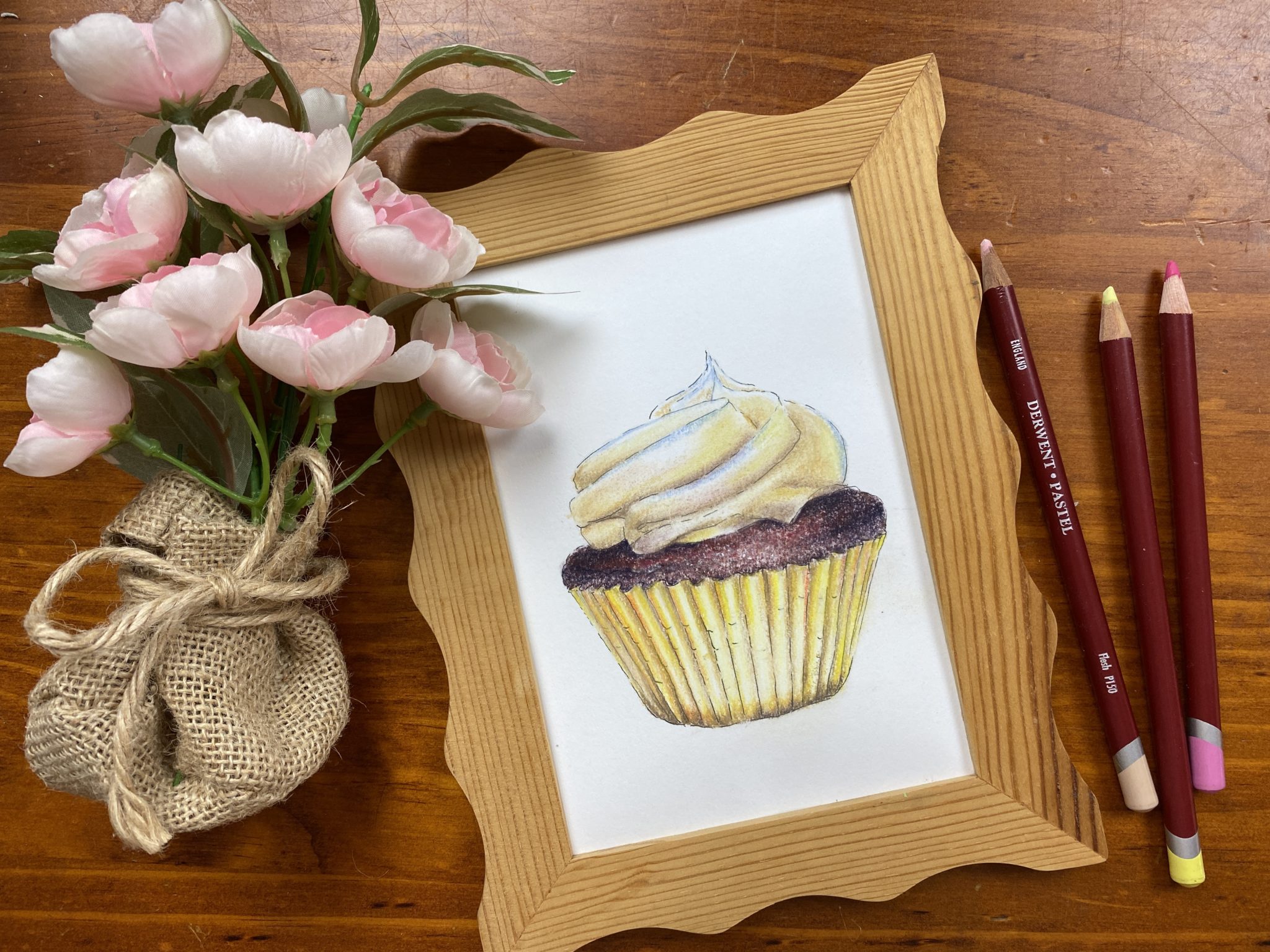
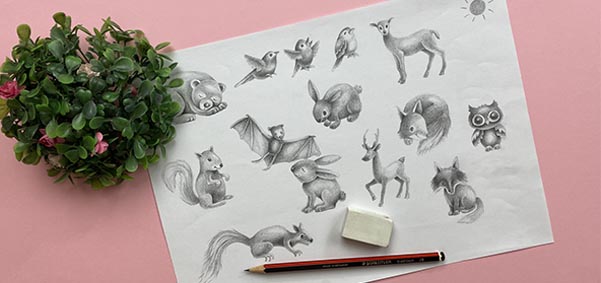
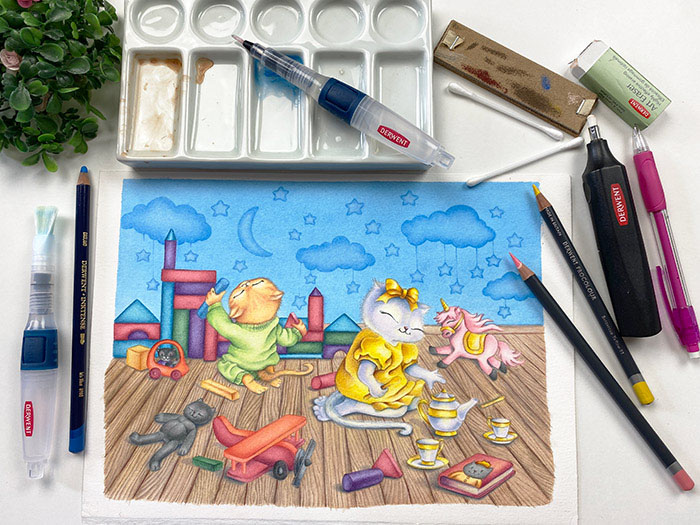

I love the last reason. That’s why I paint. It helps me relax and I can totally focus on it cos I’m doing it for fun. There’s no right or wrong in art as it’s a process of discovery.
I totally agree with reason 11. I’m retired and doing it for the fun
Definitely number 1, I’ve never had a real talent for drawing but I love drawing and have a need to achieve something. During ones working life you strive to achieve and do your best. That doesn’t go away when you retire so you need to find something to keep keep that sense of achievement .